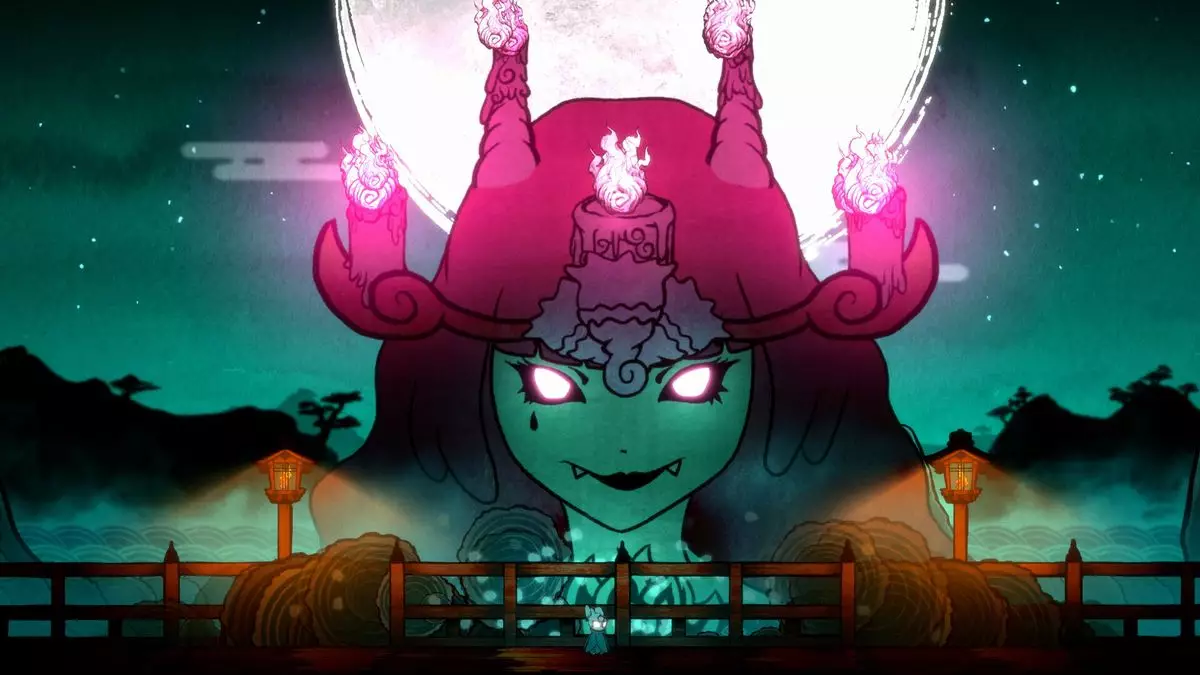Much of the appeal surrounding Metroidvania games stems from their intricate level design and rich narrative depth, and few titles exemplify this better than *Hollow Knight*. Developed by Team Cherry, this indie gem has managed to distinguish itself from its contemporaries not only due to its challenging gameplay but also because of its unique artistic direction. The game marries a melancholic atmosphere with adorable character design, thereby creating a world that is both inviting and treacherously complex. These dualities add an extraordinary layer of depth that resonates with players on multiple levels.
*Hollow Knight* is infamous for its steep learning curve, a characteristic that has led to mixed emotions among both casual and hardcore gamers. The lore mentions anecdotes of individuals who, upon facing their first in-game demise, relinquished their controller in frustration. Such moments of initial defeat often deter players; however, they can also serve as a catalyst for later appreciation. For instance, Chris Stair, the design lead for the upcoming title *Bō: Path of the Teal Lotus*, once abandoned *Hollow Knight* after just one failure. Yet, after a two-year hiatus, he returned to its world with newfound clarity, ultimately accruing over 200 hours of gameplay. This timeline represents more than just a second chance; it exemplifies how time away from a challenge can allow for growth and perspective, ultimately transforming frustration into fondness.
Stair’s journey not only illustrates the transformative power of gameplay experiences but also hints at the inspirations that ripple through the industry. With *Bō: Path of the Teal Lotus*, Stair and his team have drawn influences from *Hollow Knight* while also forging their own path through the vibrant tapestry of Japanese mythology. This approach allows them to explore familiar mechanics within a distinct narrative framework, breathing new life into a well-trod genre. The evolution of *Bō* as a Japanese-inspired Metroidvania is a testament to how great games like *Hollow Knight* pave the way for subsequent titles, enticing developers to fuse innovation with homage.
The lasting impact of games like *Hollow Knight* and their successors extends beyond individual gameplay experiences; they contribute significantly to the dialogue surrounding game development itself. As players dissect mechanics, aesthetics, and challenges, they invariably engage in a conversation about what makes a game significant. With *Hollow Knight*, its blend of artistic expression and punishing gameplay has encouraged both players and developers alike to confront the broader implications of their creations. As a result, the Metroidvania genre continues to flourish, driven by a culture that celebrates both its heritage and evolution.
The Metroidvania genre presents an intricate balance of challenge and artistry, with *Hollow Knight* at its forefront, despite its initial difficulties. As we witness the growth of titles like *Bō: Path of the Teal Lotus*, it becomes clear that embracing the grind can lead to profound appreciation. As players continue to navigate these richly constructed worlds, each dying breath transforms into a testament of resilience, ultimately laying the groundwork for a vibrant, interconnected gaming community. The journey is as unforgettable as the destination.


Leave a Reply